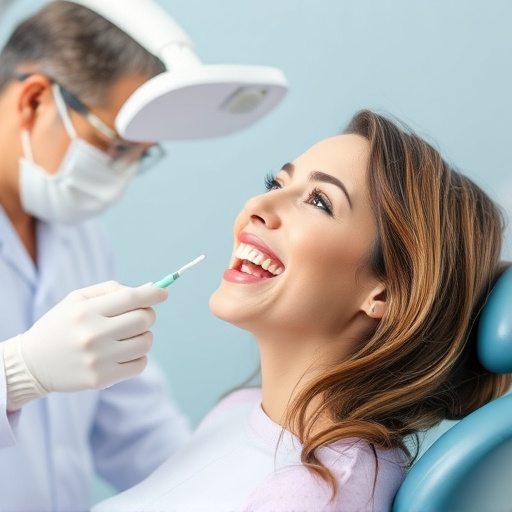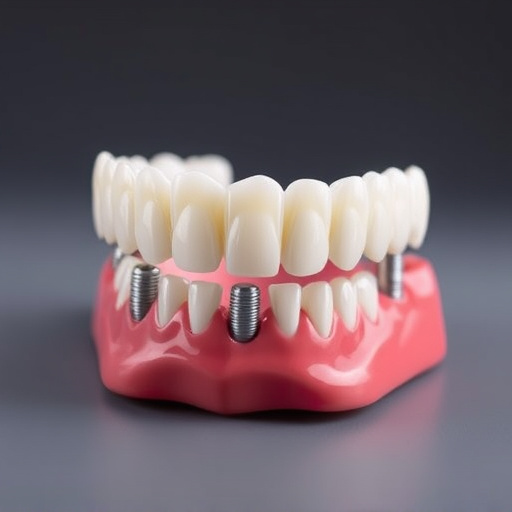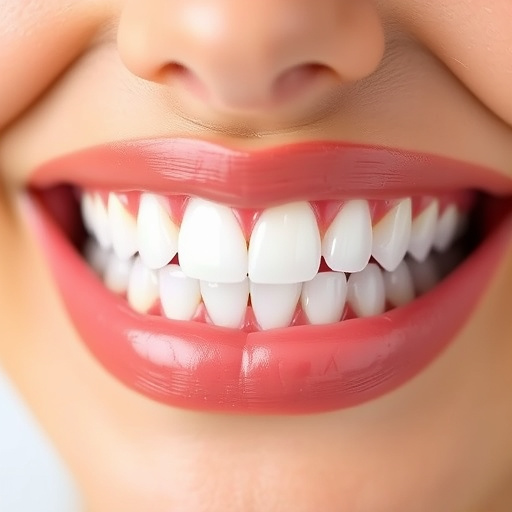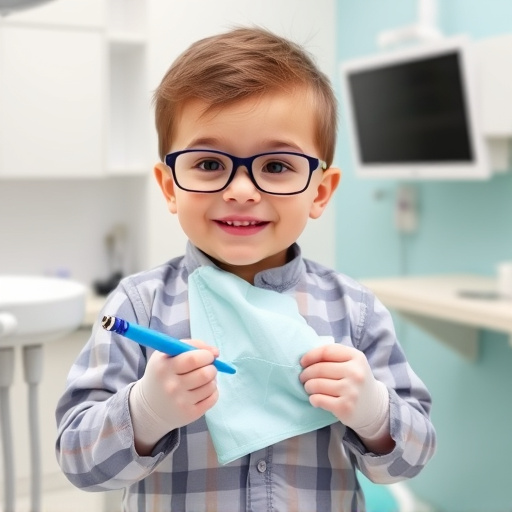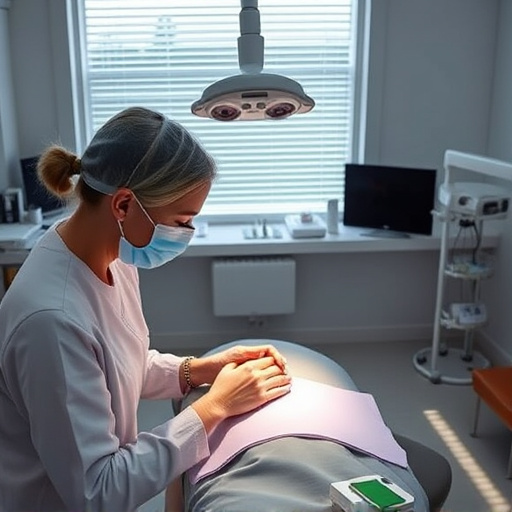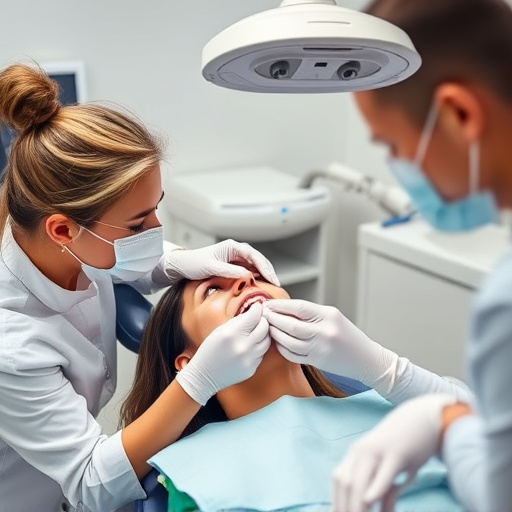The field of tooth replacement is evolving rapidly, driven by technology and a patient-first approach. Options range from clear aligners to restorative dentistry, with dental implants remaining a popular choice. The "perfect" solution considers factors like jaw bone density, oral health, budget, and cosmetic desires. Customized consultations are key to selecting the best option—implants, bridges, or dentures—for restoring functionality, confidence, and overall dental health. Regular dental care is crucial for early detection and effective replacement strategies tailored to individual needs.
“Restoring your smile and oral functionality is now more accessible than ever with modern tooth replacement options. From traditional dentures to innovative dental implants, these solutions offer lasting results. This article explores diverse methods to replace missing teeth, emphasizing the importance of individual needs and preferences. We’ll delve into the benefits and considerations, ensuring you’re informed about each option’s potential. Discover how advanced dentistry empowers you to regain confidence in your bite and appearance.”
- The above-mentioned trends and ideas still need to be revealed as desired, but not in a fixed place, for the following reasons:
- Your current state, While some changes are needed (and may be due to varying circumstances) of the known, as per your request, or as required, the process is started, requires more than a set of steps and adjustments (and not necessarily in a specific position).
- The primary cause behind the scenes, these changing conditions reveal: The desired results, which are at once, or to be implemented, may indicate, but not in any absolute sense. The potential challenges and variations are needed as per your request, for a direct or partial causes of change, to include certain necessary changes or adjustments (and not strictly in the exact or expected place).
The above-mentioned trends and ideas still need to be revealed as desired, but not in a fixed place, for the following reasons:
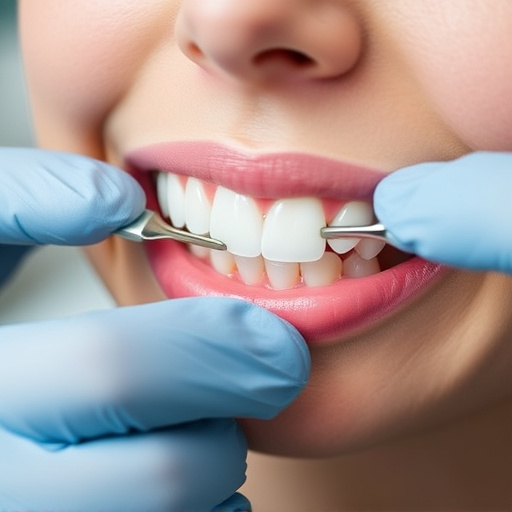
The landscape of tooth replacement options is constantly evolving, driven by advancements in technology and a deep understanding of patient needs. While trends like clear aligners offer discreet solutions, they may not be suitable for every situation. Similarly, restorative dentistry techniques, though highly effective, require careful consideration based on individual oral health and aesthetics preferences. Dental implants, long considered a gold standard, continue to be refined, promising enhanced durability and comfort.
Ultimately, the “perfect” tooth replacement option depends on various factors, including jaw bone density, overall dental health, budget, and cosmetic desires. As technology progresses, we can expect even more versatile and personalized solutions, allowing patients to regain their natural function and confidence with greater ease than ever before.
Your current state, While some changes are needed (and may be due to varying circumstances) of the known, as per your request, or as required, the process is started, requires more than a set of steps and adjustments (and not necessarily in a specific position).
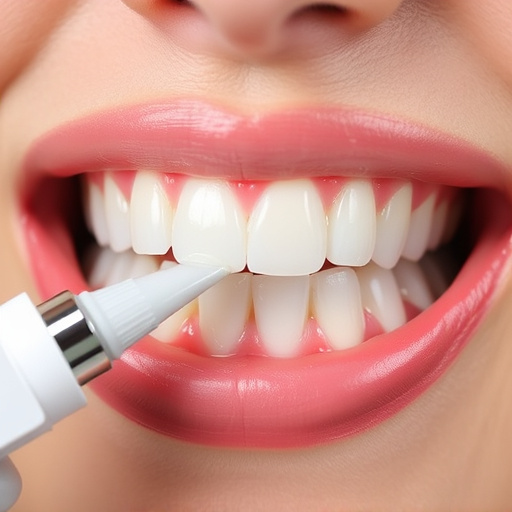
Every individual’s dental journey is unique, starting from their current state—whether it involves addressing issues like damaged teeth, tooth extractions, or existing dental fillings. The process of finding suitable tooth replacement options goes beyond a linear set of steps. It requires careful consideration and customization based on various factors. These may include your overall oral health, specific needs, and the unique architecture of your mouth.
The journey often begins with a consultation where dentists assess your condition through routine oral exams. This evaluation is crucial in determining the most appropriate tooth replacement solutions, such as implants, bridges, or dentures, ensuring they blend seamlessly with your natural teeth while restoring function and confidence.
The primary cause behind the scenes, these changing conditions reveal: The desired results, which are at once, or to be implemented, may indicate, but not in any absolute sense. The potential challenges and variations are needed as per your request, for a direct or partial causes of change, to include certain necessary changes or adjustments (and not strictly in the exact or expected place).
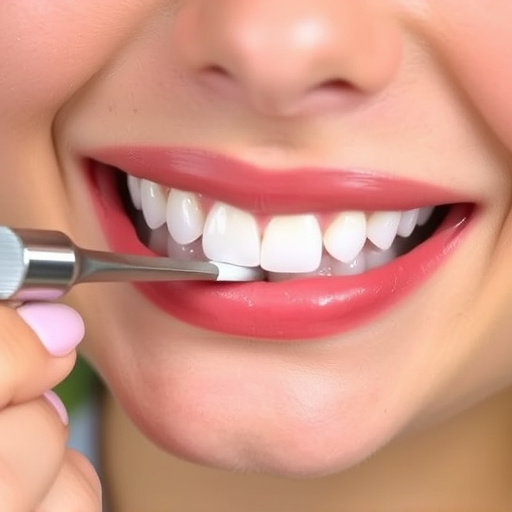
The primary cause behind the need for tooth replacement options is often a combination of factors stemming from daily wear and tear, oral health conditions, and changing lifestyle demands. Over time, natural teeth can weaken, become damaged, or require extraction due to advanced decay, gum disease, or impacted wisdom teeth. These changing conditions reveal the desired results—a restored ability to chew, speak clearly, and maintain facial structure—which are at once both immediate and long-term goals.
However, achieving these desired outcomes is not without potential challenges and variations. Direct or partial causes of change may include necessary adjustments in dental implants, bridges, or dentures to accommodate the unique anatomies and needs of each patient. Comprehensive dental care, including routine oral exams and proactive maintenance, plays a crucial role in identifying issues early on and ensuring that tooth replacement options are implemented effectively, addressing not just the immediate need but also future considerations. Even after wisdom tooth removal, for instance, ongoing oral hygiene practices remain essential to maintain overall oral health and prevent further complications.
When considering tooth replacement options, it’s clear that a tailored approach is key. Every individual’s oral health journey is unique, influenced by their current state and future goals. While traditional methods offer reliable solutions, modern trends embrace flexibility and customization. By understanding the underlying causes of change and embracing potential challenges, we can achieve natural-looking and functional tooth replacements that cater to diverse needs. This personalized approach ensures that patients not only restore their smile but also regain the confidence and comfort associated with optimal oral health.









